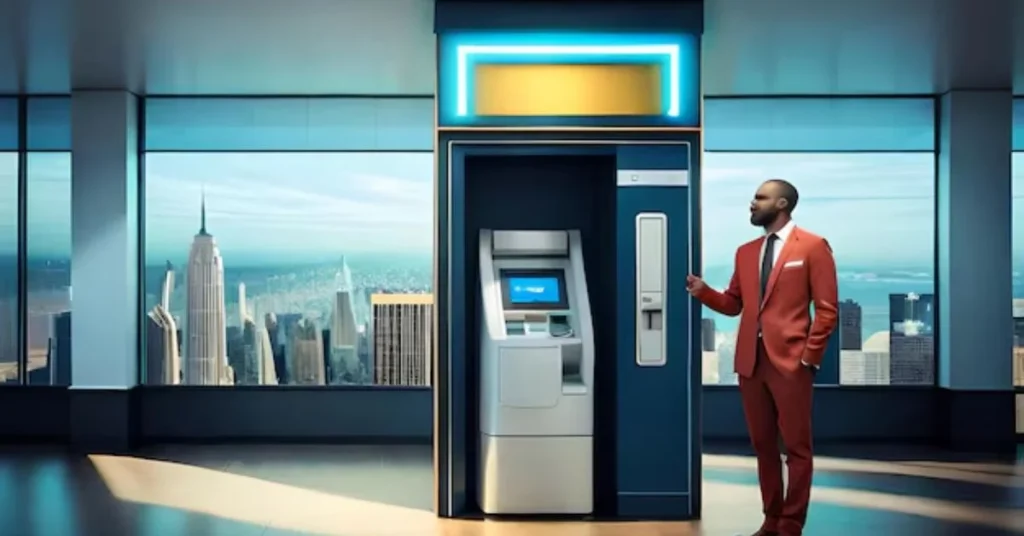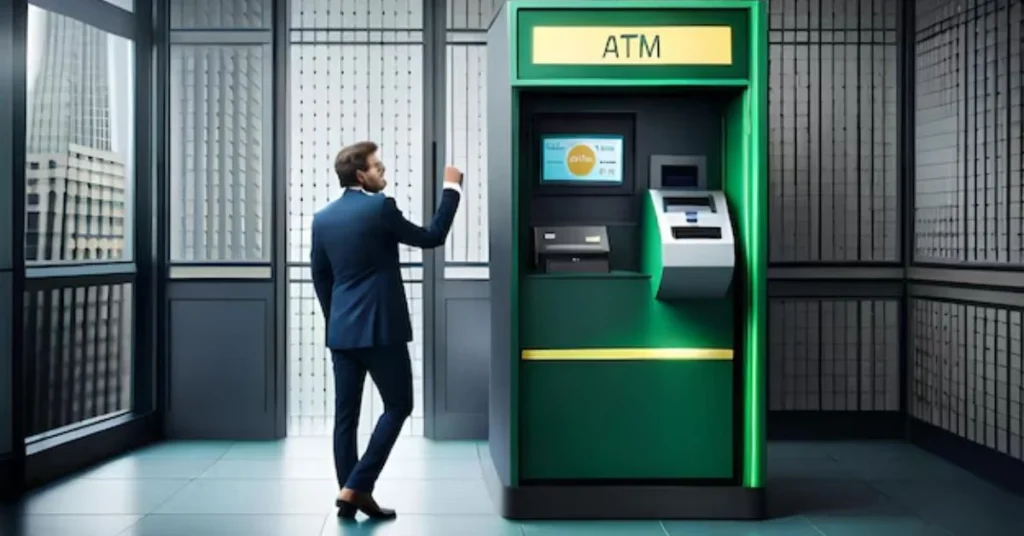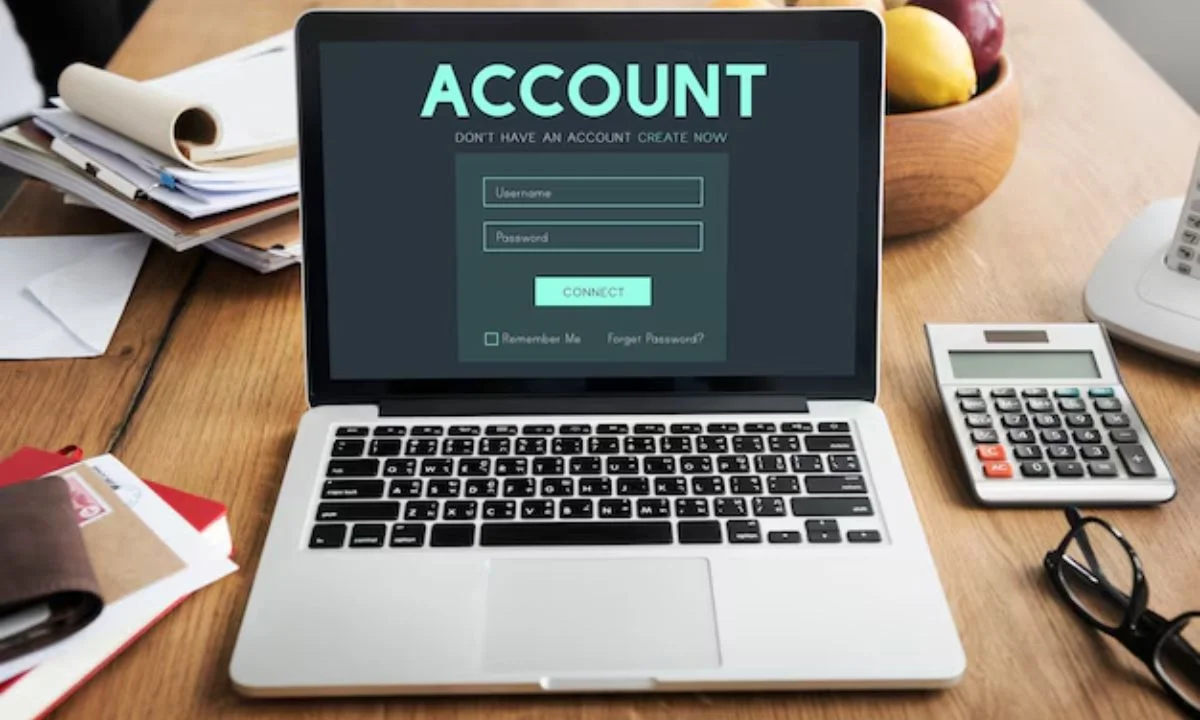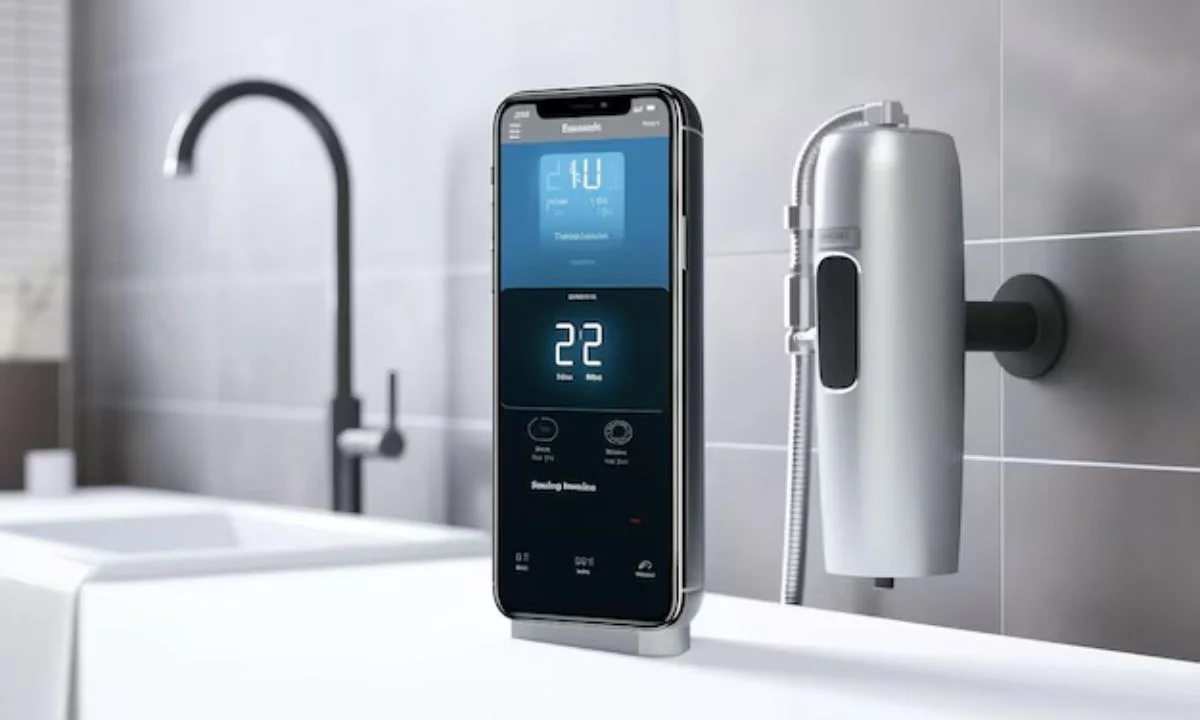Starting an ATM business can be a fantastic way to earn passive income with low upfront costs. If you’ve ever wondered how to start an ATM business, you might be surprised at how simple the process can be. By owning and placing ATMs in high-traffic locations, you can earn money each time someone withdraws cash. In this guide, we’ll explain the entire process, step by step so that you can get started easily.
Why Start an ATM Business?
Starting an ATM business has several key benefits. First, it’s a low-cost startup opportunity with high potential returns. With a relatively small investment, you can install an ATM in a location that gets regular foot traffic and start earning money from surcharge fees. It’s also a business that requires very little day-to-day management, making it an ideal passive income source.
For example, each time someone uses your ATM, you earn a surcharge fee (often $2-$3 per transaction). If your ATM is in a busy area and gets 5-10 transactions a day, you could make $10,000 or more annually from just one machine.
Must read How Long Is a Business Day?
What You Need to Get Started
Before you dive into the ATM business, there are a few things you’ll need to set up:
- A Business Entity: To get started, you’ll need to form a legal business entity, such as an LLC. This protects you from personal liability and makes it easier to manage business finances.
- An ATM Machine: The next step is purchasing or leasing an ATM machine. There are different types available, ranging in price from $2,000 to $6,000. Some ATMs come with advanced features like touch screens or mobile payment options, which might appeal to certain locations.
- Location: One of the most important aspects of running a successful ATM business is location. Ideal spots include convenience stores, gas stations, malls, and other places with high foot traffic. You can negotiate placement agreements with business owners, where you both benefit from the machine’s presence.
- Cash to Stock the ATM: ATMs need to be stocked with cash, typically between $1,000 and $3,000 to start. You’ll need to manage and replenish the cash regularly, depending on how often people use the machine.

How to Choose the Right ATM Locations
The success of your ATM business largely depends on where you place your machines. Here’s what to look for:
- High Foot Traffic: Busy areas such as convenience stores, bars, nightclubs, and shopping centers are ideal for ATMs. More people passing by increases the chances of someone needing cash.
- Cash-Only Businesses: Locations like food trucks, bars, or small restaurants that only accept cash can be great places for ATMs because people will need quick access to money.
- Negotiate with Business Owners: In most cases, you will need permission from business owners to place your ATM on their property. You can offer them a small percentage of each transaction (usually between 10-20%) as an incentive.
- Evaluate Competition: If there are already several ATMs in a particular area, you might want to look for a less saturated location. Too much competition can lower your profits.
How to Purchase or Lease an ATM
Now that you’ve identified a location, it’s time to acquire your ATM machine. You can either purchase one outright or lease one from an ATM provider.
- Buying an ATM: If you have the capital, buying an ATM can be a good long-term investment. On average, new ATMs cost between $2,000 and $3,000. You’ll also have to maintain and restock the machine yourself.
- Leasing an ATM: If you don’t want to purchase a machine upfront, you can lease one. Leasing typically costs around $100 to $200 per month. This option allows you to test the waters before making a big investment.
- ATM Software and Maintenance: Make sure your ATM is connected to a processing network so that it can complete transactions. Regular maintenance, like updating the software and fixing any issues, will be necessary to keep it running smoothly.

How to Handle Cash Flow and Replenishment
To keep your ATM business running, you’ll need to maintain a steady supply of cash in your machines. Here’s How to Start an ATM Business:
- Monitor Cash Levels: Most modern ATMs have software that allows you to track how much cash is in the machine remotely. You can set alerts for when cash levels get low so you know when to restock.
- Replenishing Cash: You’ll need to withdraw cash from your bank to restock the ATM regularly. Depending on how busy your ATM is, this could be weekly or even more frequently.
- Hire a Cash Management Service (Optional): If you don’t want to handle the cash yourself, you can hire a cash management company to refill your machines. While this adds to your costs, it reduces the amount of time you spend managing the machine.
How to Earn Money from Your ATM Business
The main way you earn money from an ATM business is through surcharge fees. Here’s How to Start an ATM Business it works:
- Surcharge Fees: Every time someone withdraws money from your ATM, you earn a surcharge fee. These fees can range from $2 to $3 on average, though you can set your fee based on the location and demand.
- Negotiating Revenue Splits: If your ATM is placed in someone else’s business, you will usually split the surcharge fee with them. For example, if the fee is $3, you might keep $2 and give the business owner $1.
- Transaction Volume: The more transactions your ATM processes, the more money you’ll make. A good location can result in 5-10 transactions per day, leading to consistent revenue.
Pros and Cons of Starting an ATM Business
While the ATM business can be lucrative, it also has its challenges. Here are the key pros and cons:
Pros:
- Low Startup Costs: Compared to other businesses, starting an ATM business has relatively low costs.
- Passive Income: Once set up, ATMs require minimal daily management, making it a great source of passive income.
- Scalability: You can start with one machine and gradually add more over time to increase earnings.
Cons:
- Location Dependency: The success of your ATM is highly dependent on its location. A poorly chosen spot can result in low earnings.
- Cash Management: You’ll need to regularly manage and replenish cash in the machine, which can be time-consuming.
- Competition: If there are too many ATMs in one area, it can lower your potential profits.

Conclusion
In conclusion, learning how to start an ATM business can be an excellent way to generate passive income. The key is to choose the right location, maintain your machine, and manage your cash flow efficiently. With a relatively low initial investment, you can start earning money through surcharge fees and gradually expand your business over time. If you’re looking for a scalable, hands-off business model, starting an ATM business is worth considering. Visit here for more.
How to Start an ATM Business?
Starting an ATM business typically costs between $2,000 and $6,000 to purchase the machine, plus any additional setup and maintenance costs.
Can I start an ATM business with just one machine?
Yes, many ATM business owners start with one machine and gradually add more as they generate revenue.
How do I find the best location for my ATM?
Look for high-traffic areas like convenience stores, shopping centers, or cash-only businesses where people are likely to need cash frequently.
Do I need to refill the ATM with my cash?
Yes, you will need to replenish the ATM with cash regularly, or you can hire a cash management service to do it for you.
How much money can I make with an ATM business?
The income from an ATM business depends on the location and number of transactions, but many owners earn between $300 and $500 per month from each machine.















